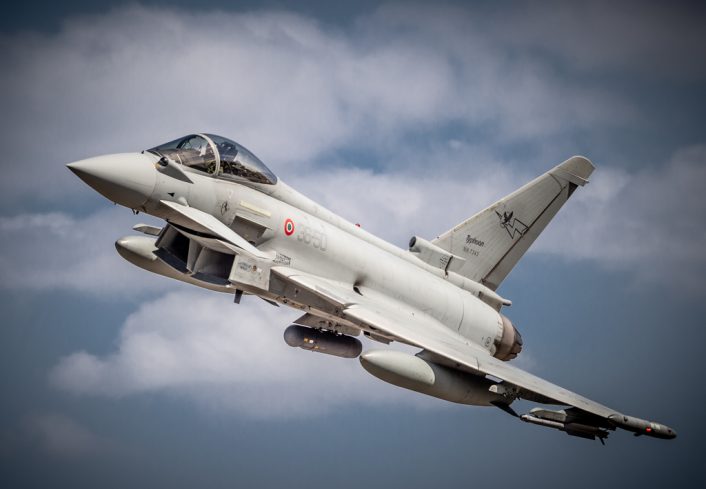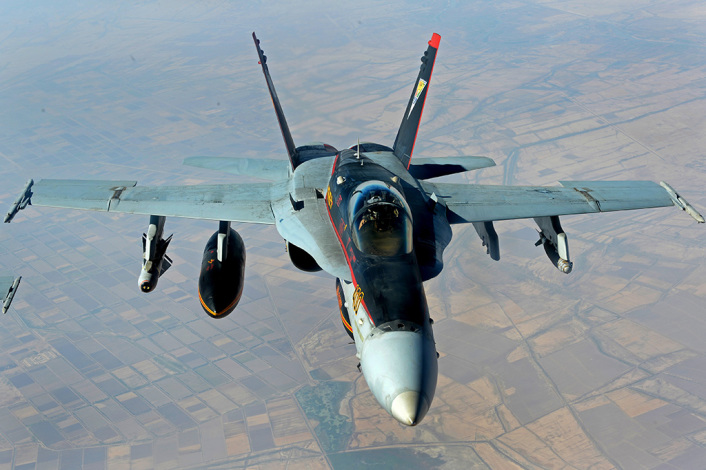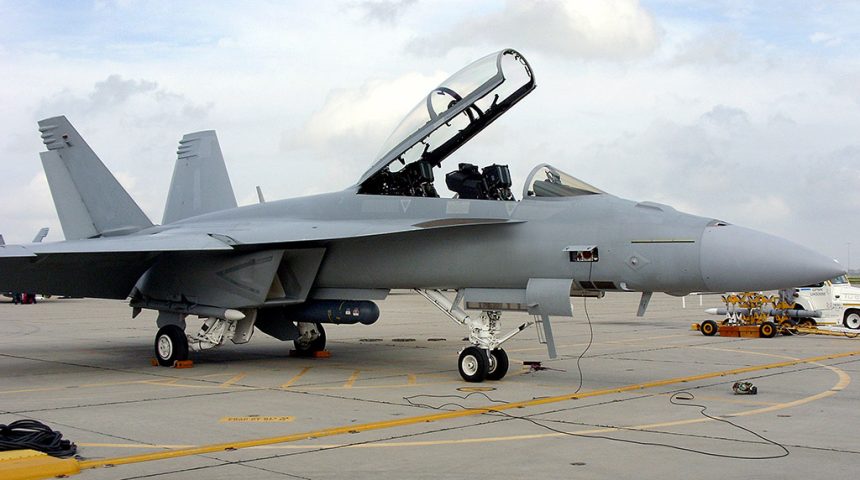The Litening pod will replace the ATFLIR targeting pods used on the F/A-18 fleet.
The Litening ATP (advanced targeting pod) has completed its first test flights on the U.S. Navy F/A-18F Super Hornet, Northrop Grumman announced on Sept. 7, 2022. The pod is an electro-optical infrared sensor system, already used for targeting and surveillance purposes by several operators all around the world. It has logged more than 3 million operational hours and over 1 million hours in combat enabling aircrews to detect, acquire, identify and track targets at long ranges with an availability rate greater than 95%.
Earlier this year the U.S. Navy has selected the combat proven Litening as the replacement of the legacy targeting pods used by the Super Hornet fleet. The latter have so far used the AN/ASQ-228 ATFLIR (Advanced Tactical Forward Looking Infrared) but in 2019 the naval service started evaluating different options, including the improvement or replacement of the EO/IR pods, over concerns about the hardware’s readiness state and sustainment cost.
As a consequence, the fleet will integrate the Litening, a type of pod that is already used by the legacy Hornets and AV-8B Harriers of the U.S. Marine Corps, as well as many other assets of the U.S. Air Force, Air National Guard and international customers.

The photo released by NG shows the Litening pod carried on the centerline pylon underneath the fuselage, although there should be the option to mount it on the left cheek station, like the ATFLIR. Interestingly, the use of the legacy pod on that station forced the Hornets and Super Hornets not to carry carry any external store on the left wing inner pylon, in order to keep the pod’s point-of-view free from any obstacle (see image below).

According to NG, during the flight, pilots executed maneuvers and operations representative of combat missions, including ground moving target tracking, air-to-air tracking and target designation. The pilots also engaged the eye-safe training laser mode that allows the pod to be used for realistic training with combat controllers on the ground. The pilots were able to carry out these operations without advance training, showing the ease of use that has been made possible by close collaboration with the aviation community.
“This first flight demonstrated LITENING’s ability to rapidly add modern, upgradeable mission capabilities to the Super Hornet,” said James Conroy, vice president, navigation, targeting and survivability, Northrop Grumman. “The pod’s digital video, autonomous target tracking, and laser sensors will give Naval aviators an entirely new set of capabilities for operations over land and sea today, and the growth capabilities built into LITENING’s modular design ensure that the pod can evolve to meet changing requirements.”









